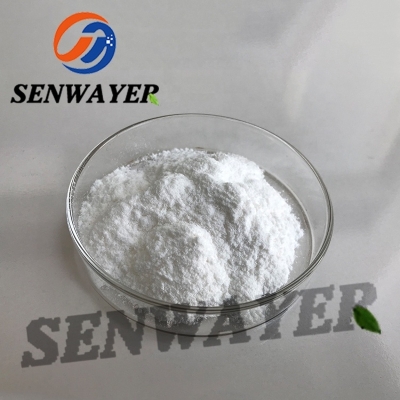-
Categories
-
Pharmaceutical Intermediates
-
Active Pharmaceutical Ingredients
-
Food Additives
- Industrial Coatings
- Agrochemicals
- Dyes and Pigments
- Surfactant
- Flavors and Fragrances
- Chemical Reagents
- Catalyst and Auxiliary
- Natural Products
- Inorganic Chemistry
-
Organic Chemistry
-
Biochemical Engineering
- Analytical Chemistry
- Cosmetic Ingredient
-
Pharmaceutical Intermediates
Promotion
ECHEMI Mall
Wholesale
Weekly Price
Exhibition
News
-
Trade Service
On December 1, Roche Group member companies Genentech and Novartis Pharmaceuticals also announced that the FDA had approved a joint development and commercialization of Xolair® (omalizumab, omaju monoanti) supplemental biologics license application (sBLA) for additional maintenance therapy for nasal corticosteroids in adult patients aged 18 and older who are not sensitive to nasal corticosteroids.
FDA approval, Amaju monoantitor became the only antibody approved in the United States to target and block immunoglobulin E (IgE).
Xolair minimizes the release of media throughout the allergic inflammatory cascading reaction by reducing free IgE, lowering the high affinity IgE subject, and limiting the departitance of fat cells.
The mechanism of the drug's ability suggests that Xolair may have therapeutic potential in all related allergic diseases, and the approval of this treatment for patients with nasal diphtheria is an important step in Xolair's exploration of allergies, respiratory tract and inflammation, and related diseases.
FDA's approval is based on the results of phase III polyP 1 and POLYP 2 clinical trials.
PolyP 1 and POLYP 2 are repeated Phase III clinical studies designed to assess the efficacy and safety of adult nasal polyps patients who do not respond well to nasal corticosteroids compared to placebo.
two trials were randomized, multi-center, double-blind, and placebo-controlled clinical trials.
138 patients in the POLYP 1 group and 127 patients in the POLYP 2 group.
Both trial results showed that adult nasal polyps patients received ommoju monotherapy after poor reaction to the nasal glucoticoid hormone, and that the nasal polyps score (NPS) and weekly average nasal congestive score (NCS) were statistically significantly improved compared to the placebo group.
in both studies, a greater improvement in NPS and NCS was observed in the Emaju monoantial group than in the placebo group, as early as the first assessment in week 4.
during treatment and during the five-week adaptation period, all patients received nasal therapy for the glucocorticoid momicone to eliminate background effects.
results of clinical trials on POLYP 1 and POLYP 2 were published recently in journal of Allergy and Clinical Immunology ( Journal of Perverted Response and Clinical Immunology).
no new or unexpected adverse reactions were found in patients who were given ommajuta, and more than 95 percent of patients completed each indicator of the POLYP 1 and POLYP 2 trials.
most common adverse reactions (≥3% of patients) include headache, injection site reactions, joint pain, upper abdominal pain and dizziness.
Otamatro, which was first approved in 2003 for the treatment of moderate to severe asthma, is also the first biological agent to treat chronic idiotic urticaria and the first to be approved for the treatment of chronic idiotic urticaria after non-sedative H1-antihistamines.
has now included two dosage forms and market approvals for the treatment of three diseases.
: Food Allergies Preventable! Genenek Xolair has been approved for treatment as a prescription drug for supultural injections: for patients 6 years of age or older with moderate to severe persistent asthma, their asthma symptoms are not controlled by asthma medications with inhaled glucosticoids, and skin or blood tests to see if the patient is allergic to allergens throughout the year.
patients aged 12 and older who continue to develop urticaria without the control of H1 antihistamine treatment (CIU; chronic urticaria for unknown reasons).
has treated about 460,000 patients in the United States since it was first approved for allergic asthma in 2003.
。







